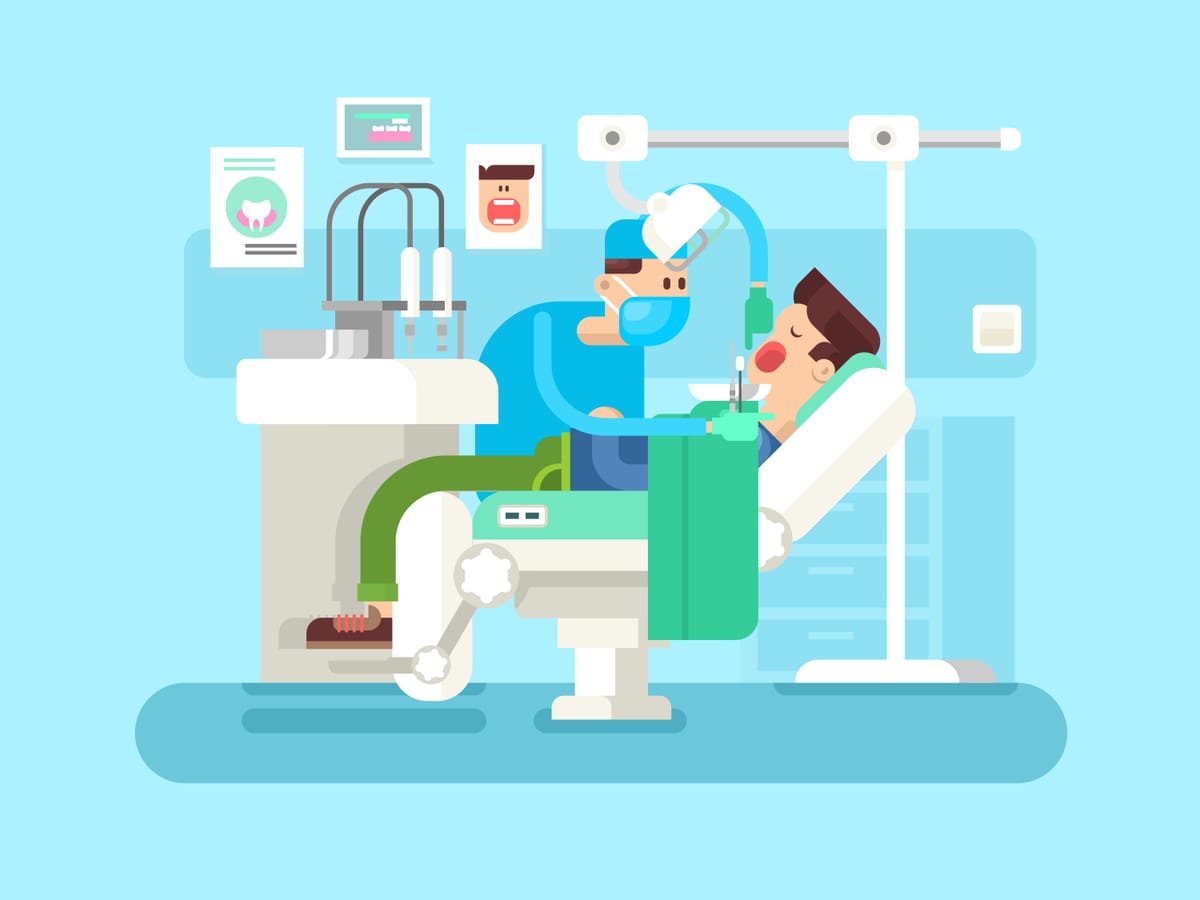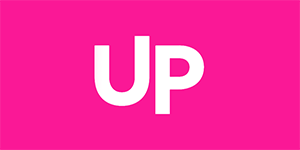From Boring Cashback to $123K in First-Class Travel | Inside a Florida Dental Clinic’s Points Makeover
A Florida dental clinic was earning $11K a year in boring cashback on $1.1M of expenses. Then they swapped cards, optimized categories, and now pull $123K in premium travel - booking lie-flat seats, luxury resorts, and bucket-list trips straight from their operating expenses.


If You Only Had 60 Seconds to Read This Article (Click Here 🗞️)
Most healthcare practices don’t realize they’re sitting on a six-figure asset - hiding in plain sight. One of Florida’s biggest single-location dental clinics was running $1.1M a year in lab fees, supplies, marketing, and CE travel through a flat 1% cashback card. The “reward” for all that? Eleven grand. Nice, but forgettable - the kind of money that disappears into the operating account without changing anyone’s life.
Then they flipped the script. By swapping to a category-optimized, transferable-points strategy - 4x on lab fees, 3x on marketing, 5x on travel, 2x on general spend - the exact same $1.1M now generates 4.1 million points a year. In premium travel terms, that’s about $123,000 in value - more than 11x their old ROI. And unlike cashback, those points translate into luxury experiences that staff and owners actually remember.
The results hit fast. This year alone, the owners booked lie-flat seats to a London dental conference, flew key staff first-class to a Maui CE retreat, and still have enough left for a family safari in South Africa. Zero extra spend. No new patients. Just smarter payment tools matched to where the money already flows.
The lesson is simple: for high-volume healthcare practices, points aren’t a side perk. They’re a profit center. The only question is whether you’ll let your bank keep skimming that value - or start turning every expense into a luxury travel budget your competitors can’t touch.
Everything else you need to know is just below 👇🏻
The Problem They Didn’t Know They Had
One of Florida’s largest single-location dental practices was running a lean, profitable, high-volume operation.
They had:
- $1.1 million in annual business expenses
- Industry-leading patient volume
- Steady growth in revenue and referrals
And yet, they were unknowingly leaving six figures of value on the table.
Like many healthcare businesses, they treated their business credit card as a purely administrative tool - swipe, pay, repeat - and nothing more. Their weapon of choice? A flat 1% cashback corporate card.
On $1.1 million of annual spend, that meant:
- Total rewards: $11,000 cash back
- Redeemed for: General cash flow relief (absorbed into the operating account and forgotten)
No one complained. $11,000 is $11,000, right?
Except… they were ignoring the fact that not all points are created equal - and they were in one of the most points-rich industries in America.
The Breakthrough Moment
The turning point came during a lunch with another dental practice owner. Over coffee, the conversation drifted from patient scheduling headaches to airline upgrades. The other owner casually mentioned:
“We flew our entire CE team to Maui in business class this year - all on points. Didn’t cost us a dime.”
That raised eyebrow.
The Florida owner knew they had large, predictable expenses every month - lab fees, medical supplies, marketing campaigns, continuing education travel. But they’d never thought about aligning their card strategy to maximize category bonuses.
That night, curiosity took over. A quick back-of-the-napkin calculation showed the truth: if they’d been earning 3x to 5x in the right categories instead of a flat 1%, their annual haul in rewards could be worth 10x more - and not in boring statement credits, but in premium travel experiences.
The Plan: Build a Category-Optimized, Transferable Points Machine
Step one was understanding where the money went. Over 12 months, the clinic’s expenses broke down like this:
Key insight:
Over 80% of their spend was concentrated in categories that certain business cards heavily reward.
Instead of sticking with one flat-rate card, they adopted a multi-card, transferable-points strategy designed to hit the maximum multipliers for each type of expense.
The New Setup
Here’s how the new setup looked:
- 4x points on lab fees and medical supply vendors
→ Specialized business card with high “select category” multipliers. - 3x points on marketing & advertising spend
→ Advertising-focused card earning transferable points. - 5x points on airfare, hotels, and CE travel bookings
→ Premium travel business card tied to major airline/hotel partners. - 2x points on general spend
→ Flexible business card for all uncategorized expenses.
Why transferable points?
Cashback is a fixed value (1% is always 1%). Transferable points, when redeemed strategically for premium travel, can yield 3¢ to 5¢ per point in value - sometimes more. That’s where the magic happens.
The Math: Before vs. After
Old System - Flat 1% Cashback Card
- $1,100,000 x 1% = $11,000 value
New System - Category Multipliers
Valuation: At a conservative 3¢ per point for premium travel, that’s 4,100,000 x $0.03 = $123,000 value.
What They Actually Did with the Points
This wasn’t theoretical. Within the first year of adopting the strategy, the clinic’s owners put their new points machine to work:
Business Class to London
The owners attended an international dental conference in London, booking lie-flat seats on a major airline for both of them - tickets that retail for over $8,000 each.
Points used: 240,000 instead of $16,000 cash.
Maui Continuing Education Retreat
They sent a team of four key staff to a continuing education retreat in Maui. Everyone flew in first class, stayed in an oceanfront resort, and attended world-class workshops.
Points used: 520,000 instead of ~$32,000 cash.
Future Family Safari
Even after those trips, they still have enough points banked for a family safari in South Africa next year - with luxury lodges and business-class flights. Estimated retail value? $40,000+.
And the kicker?
They didn’t increase their spending by a single dollar.
Why This Works So Well in Healthcare
Not every business has the spend profile to make this strategy yield six-figure travel. But healthcare - and dental in particular - is perfectly positioned:
- High, Predictable Vendor Payments
Lab fees, supply orders, equipment purchases - often tens of thousands per month. - Marketing Budgets That Actually Work
A competitive local market means steady ad spend, which is a category many cards reward at 3x+. - Built-In Travel Needs
Conferences, CE requirements, and vendor visits are part of the business model. - Tight Margins = High ROI on Found Value
A six-figure travel budget found “in the margins” is effectively pure profit.
The Psychological Shift
Before, points were an afterthought. Now, they’re a strategic asset.
The owners even restructured their internal processes:
- Dedicated Rewards Tracking
Monthly spreadsheet tracking spend per card, points earned, and upcoming redemption opportunities. - Annual Travel Calendar
Instead of fitting travel into leftover time, they plan redemptions around business objectives - CE deadlines, team incentives, client networking. - Points as Staff Perks
High performers are now rewarded with inclusion in luxury trips - which boosts morale and retention without touching payroll budgets.
Common Mistakes They Avoided
A few pitfalls could have derailed this strategy:
- Vendor Acceptance Issues
Not every lab or supplier takes every card - they confirmed acceptance before locking in categories. - Overcomplication
They kept it to three primary cards and one backup, with clear rules for which spend goes where. - Ignoring Redemption Value
If they had simply redeemed points for gift cards or statement credits, the value would’ve dropped to ~$41K - still better than $11K, but nowhere near $123K. - Annual Fee Paralysis
Some of these cards have $400–$695 annual fees. But against six-figure travel value, those fees are rounding errors.
ROI in Plain Numbers
Let’s strip the story down to raw numbers.
- Old ROI: $11,000 rewards ÷ $1,100,000 spend = 1% return.
- New ROI: $123,000 value ÷ $1,100,000 spend = 11.18% return.
In other words, the exact same expenses now produce over 11x more value - without changing vendors, volume, or payment timelines.
Lessons for Other Practices
If you’re running a high-volume medical, dental, or veterinary practice, here are the takeaways:
- Audit Your Spend Categories
Know exactly where every dollar goes. Match those categories to cards that reward them most. - Prioritize Transferable Points
Flexibility is king. Don’t get locked into one airline or hotel - it limits redemption value. - Redeem for High-Value Travel
Aim for premium flights and hotels where cash prices are high, but points prices are relatively low. - Keep It Simple
A system is only as good as your ability to maintain it. Three to four cards are often the sweet spot. - Track and Plan
Treat points like a financial asset. Plan redemptions around business goals, not just leisure whims.
Why This Matters Beyond Travel
Yes, the obvious win here is flying business class to exotic destinations. But the deeper win is mental bandwidth.
- Owners no longer think twice about attending international conferences - it’s “paid for” in points.
- Staff development trips become part of the culture, not a budget fight.
- The practice can network, learn, and recruit in ways competitors can’t afford - all funded by what used to be an invisible asset.
The Bigger Picture: Points as a Profit Center
For most businesses, especially in healthcare, rewards are seen as a side perk. Something you might check once a year, maybe redeem for some electronics or a small statement credit.
That’s a mistake.
When optimized, points can function as:
- A budget shield against rising travel costs
- A morale booster through luxury staff incentives
- A competitive advantage for attending more, and better, industry events
- A lifestyle upgrade for owners and leadership without touching salary or profits
In the Florida clinic’s case, it’s essentially a $123,000 annual travel endowment - all generated from spend that was already happening.
Final Thoughts
If you run a high-spend practice, you don’t have to spend more to travel better. You just have to stop letting your bank decide what your rewards are worth.
The Florida dental clinic didn’t hustle harder. They didn’t raise prices. They didn’t add a single patient.
They simply swapped their payment tools, matched spend to multipliers, and started redeeming like pros.
The result:
- From $11K in boring cashback to $123K in bucket-list travel
- A team that feels valued
- Owners who see the world in style
- And a business that’s suddenly playing in a different league
For high-volume healthcare practices, points aren’t a side perk - they’re a profit center hiding in plain sight.




